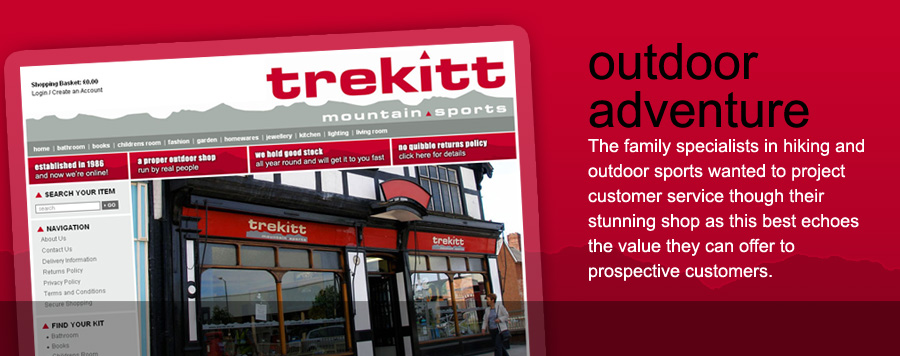EPoS Systems
EPoS systems are the direct descendants of electronic till systems, which in turn are the descendants of manual till systems and cash registers. These devices have been around for many decades, however it is only in the past few years that EPoS systems have really come into their own, with the availability of cheap, reliable computing power to ordinary retailers.
In the past, the computers needed to reliably run a sophisticated EPoS system which can tie in stock control to an electronic till, control an ecommerce website and can connect to online selling channels such as Ebay and Amazon were well out of the reach of normal consumers. Just 25 years ago, the computing power needed to run a system as complex as this would have cost a substantial part of a retailers yearly operating budget and indeed the technology, and the Internet, wasn’t even invented then! All this changed with the introduction of the personal computer to mass markets. With the availability of relatively cheap computing power small independent retailers could start to afford electronic tills which ran relatively inexpensive and unsophisticated till software which in some cases made a good job of tying in stock control functionality.
These early EPoS systems were a lot less graphical than modern systems, some relying on outdated programming techniques, using now redundant programming languages and requiring substantial training in order to understand the functionality. Many of these early EPoS systems had command line interfaces using two colour or green monitors, no pointing device and of course no barcode scanners, printers or touch screens. In this respect then early EPoS systems were only a short step up from old cash registers.
The real breakthrough came when more sophisticated programming languages could be used because of increased computing power. It was this, and the widespread adoption of barcodes for products in the 1980’s that modern EPoS systems started to develop.
Modern systems marry EPoS and Ecommerce to give an integrated selling tool which is highly effective for small, medium and large retailers all over the world.
Ecommerce
Ecommerce systems developed off the back of early development of the Internet in the late 1970’s. It was only after Tim Berners-Lee invented the web browser that the floodgates were opened to the possibility of shopping online. It was on August 11th 1994 that, according to the New York Times, the first electronic retail transaction across the world wide web was done. This was swiftly followed by a major uptake from larger retailers – they could all see the benefits of trading online securely and so there was a major rush to get online with transactional ecommerce websites.
So what about EPoS / Ecommerce ?
EPoS Ecommerce systems are a natural progression from the development of EPoS and Ecommerce systems. They allow the sale of products through an Ecommerce site yet appear in the EPoS shop till, which means that a stock control system can be shared, remove the need to control an ecommerce website with an online management panel and mean that all sales can come back, as if by magic, to the shop till in a retailers premises. This removes the major stumbling block of running multiple channels for a retail business, mainly the need to manage stock and sales information across multiple channels.
Once integrated EPoS and Ecommerce systems became available to retailers, it was clear that the only way was forward. Modern EPoS systems have the ability to tie into many different online ecommerce websites at once as well as additional online selling channels such as Ebay and Amazon, this means that the retailer can use one central interface to sell via all of these channels, saving time.
